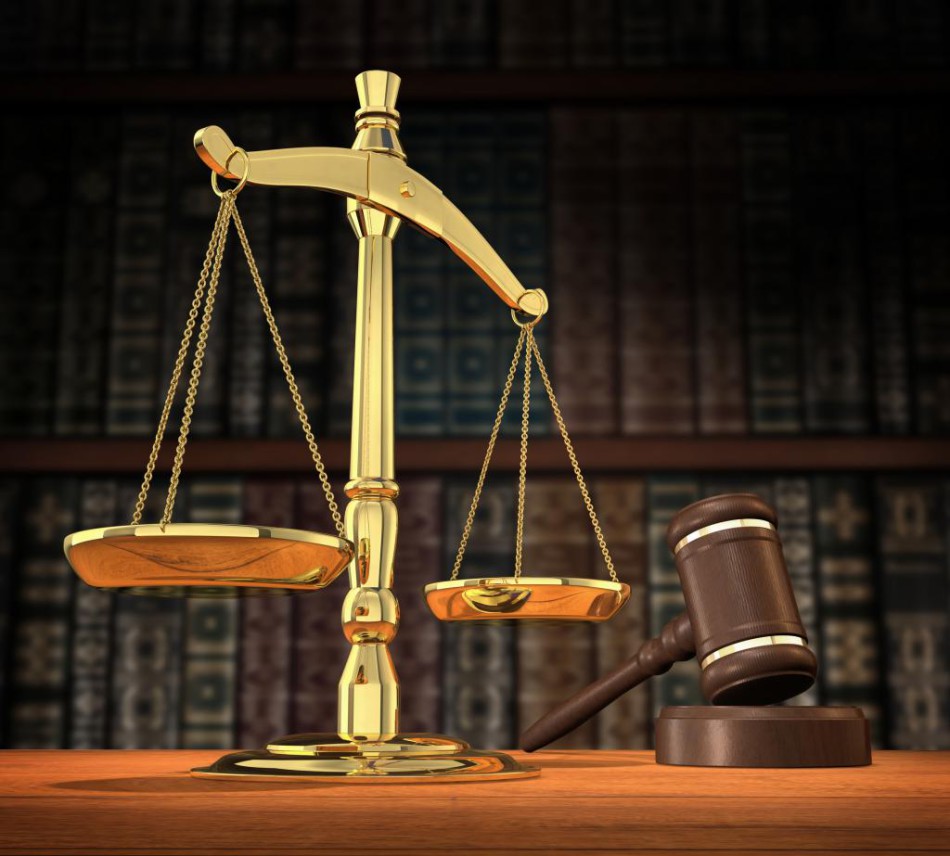Before moving ahead with the article, let’s find out the main difference between criminal law and personal injury law
- Personal injury law refers to the legal remedies and defenses involved in civil lawsuits brought as a result of wrongful conduct. In fact, the word “tort” comes from a Latin term meaning twist, wrong, or harm.
- In the other hand, to criminal law, a tort action does not involve the government prosecuting the wrongdoer. Rather, these cases involve a private plaintiff seeking compensation (usually money) for the harm caused by the defendant’s actions.

Doctrine of Negligence
Most personal injury cases are based on the doctrine of negligence. In essence, negligence requires every member of society to act responsibly and avoid putting others at risk. That is not to say that negligence will result each time someone gets hurt. The doctrine recognizes that some accidents are unavoidable. To establish liability, the plaintiff must show that a reasonably prudent person in the defendant’s position would have acted differently under the circumstances.
Types of Damages
According to personal injury lawyers Toronto, once negligence has been established in a personal injury case, the defendant must pay the plaintiff for all injuries caused by the defendant’s actions.
- Certain types of damages are easy to calculate, such as property damage and medical bills.
- For other types, such as emotional distress and loss of earning capacity, expert testimony may be required.
- Punitive damages, meant to punish and deter particularly egregious conduct, may also be available.
Visit Grillo Toronto for more information.
Intentional Torts
Toronto personal injury law encompasses a number of causes of action besides negligence. Many of these fall under the umbrella of intentional torts.
As the name suggests, in these situations the defendant acts purposefully to harm the plaintiff. Examples include:
- Battery,
- Assault,
- Trespass,
- Infliction of emotional distress,
- False imprisonment,
- Theft, and
Product Liability
Another common tort involves injuries caused by defective products.
- Liability in these cases can be imposed based on a theory that the manufacturer acted negligently by designing and selling an unsafe product. Or,
- If certain elements are met, plaintiffs hurt by a defective product may be able to sue under a strict liability theory.
Either way, product liability cases have the potential to become large class action lawsuits, involving many plaintiffs and enormous money judgments.
How to Defend
To defend against personal injury liability, defendants tend to rely on a few common defense theories.
- In negligence cases, the defendant may argue that the plaintiff did not use due care, and is partially or wholly responsible for his or her own injury.
- The defendant may also claim that the plaintiff “assumed the risk” by voluntarily participating in a dangerous sport or activity, or that the plaintiff impliedly gave the defendant permission to take the action that ended up harming the plaintiff.
Legal Counsel
Plaintiffs who want to avoid losing a tort case based on such arguments should hire legal counsel. Retaining a personal injury lawyer Toronto will also help avoid the unfortunate circumstance of violating a statute of limitations (that is, missing the deadline for filing the lawsuit), which is always a concern in personal injury cases.



